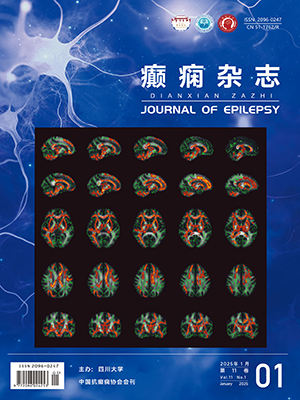| 1. |
Underbjerg L, Sikjaer T, Mosekilde L,et al. Cardiovascular and renal complications to postsurgical hypoparathyroidism: a danish nationwide controlled historic follow up study. J Bone Miner Res, 2013, 28(11): 2277-2285.
|
| 2. |
Clarke BL, Brown EM, Collins MT, et al. Epidemiology and diagnosis of hypoparathyroidism. J Clin Endocrinol Metab, 2016, 101(6): 2284-2299.
|
| 3. |
Shoback DM, Bilezikian JP, Costa AG, et al. Presentation of hypoparathyroidism: etiologies and clinical features. J Clin Endocrinol Metab, 2016, 101(6): 2300-2312.
|
| 4. |
Brandi ML, Bilezikian JP, Shoback D, et al. Management of hypoparathyroidism: summary statement and guidelines. J Clin Endocrinol Metab, 2016, 101(6): 2273-2283.
|
| 5. |
Modi S, Tripathi M, Saha S, et al. Seizures in patients with idiopathic hypoparathyroidism: effect of antiepileptic drug withdrawal on recurrence of seizures and serum calcium control. Eur J Endocrinol, 2014, 170(5): 777-783.
|
| 6. |
Eom TH, Kim YH, Kim JM. Recurrent seizures, mental retardation and extensive brain calcinosis related to delayed diagnosis of hypoparathyroidism in an adolescent boy. J Clin Neurosci, 2015, 22(5): 894-896.
|
| 7. |
Liu MJ, Li JW, Shi XY, et al. Epileptic seizure, as the first symptom of hypoparathyroidism in children, does not require antiepileptic drugs. Childs Nerv Syst, 2017, 33(2): 297-305.
|
| 8. |
Hwang KJ, Kim J, Joo EY, et al. Intractable epilepsy with solitary cerebral calcification. J Epilepsy Res, 2017, 7(2): 126-128.
|
| 9. |
Mahajan L, Malhotra HS, Garg RK, et al. Predictors of lesion calcification in patients with solitary cysticercus granulomaand new-onset seizures. Am J Trop Med Hyg, 2016, 95(3): 623-628.
|
| 10. |
Kowacs PA, Rogacheski E, Muzzio J, et al. The role of the irritative zone and of the number and distribution of calcifications in the severity of epilepsy associated with intracranial calcifications. Arq Neuropsiquiatr, 2006, 64(4): 905-911.
|




